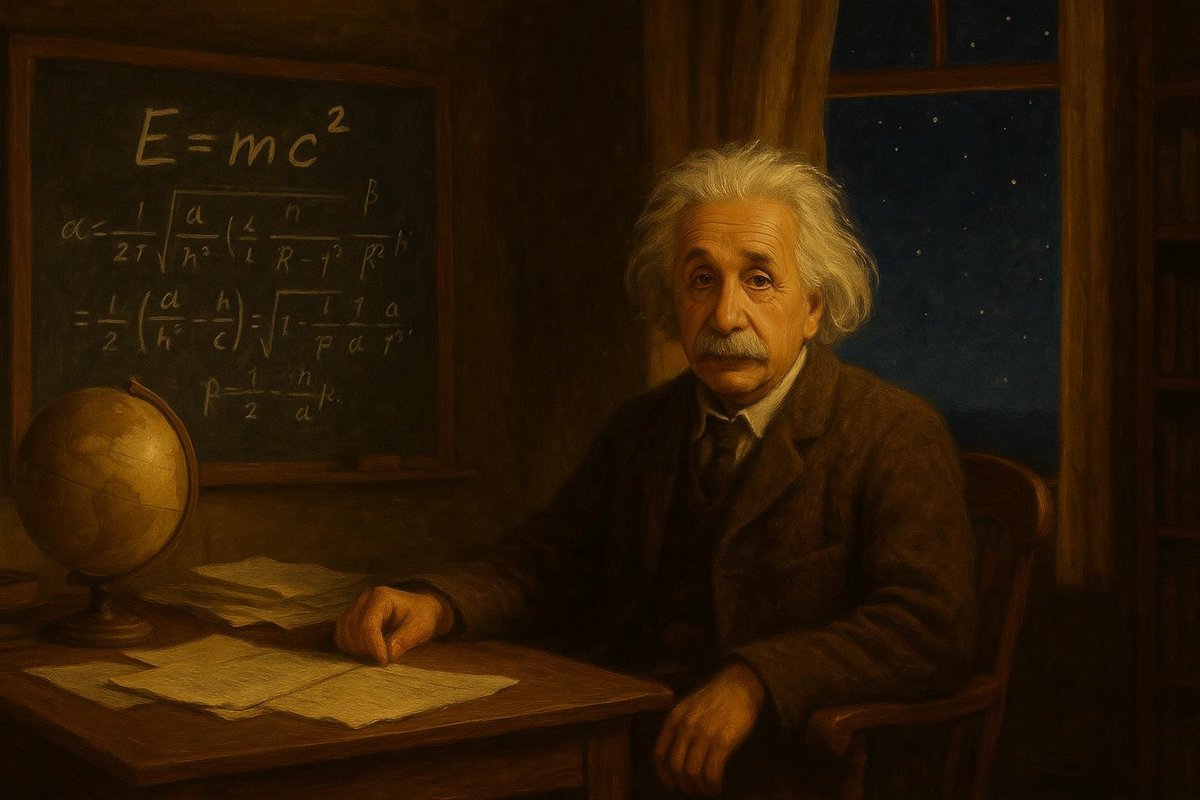
In the grand tapestry of science, there are few threads as vibrant and transformative as Einstein’s Theory of Relativity. Picture this: a young patent clerk, unassuming yet brilliant, fundamentally reshaping our understanding of the universe. Albert Einstein, with his whimsical hair and penetrating eyes, offered humanity a new lens to view the cosmos. No wonder it’s said that he turned physics on its head. But beyond equations and experiments, what does this theory mean for how we see the world, and indeed, ourselves?
Origin of a Cosmic Revolution
Let’s travel back to the early 20th century, a time when the Newtonian worldview reigned supreme. But interestingly, the universe had other plans. The world of physics was set for a seismic shift.
- Before Einstein’s equations, the universe was understood as a fixed stage where events unfolded—a clockwork universe.
- In 1905, Einstein published his paper on special relativity, shattering the illusion of absolute time and space.
- Time, he argued, is not a constant; it varies depending on the observer’s speed—revolutionary!
This new paradigm suggested that the universe is a fluid, dynamic entity. As time goes on, it’s this fluidity that challenges the rigid perceptions of the past. The cultural and scientific ferment of the early 1900s, ripe with innovation, was the perfect soil for such groundbreaking ideas to take root.
Key Figures in the Relativity Revolution
While Einstein is the luminary we acknowledge, he stood on the shoulders of giants and collaborated with other brilliant minds.
- Max Planck, the father of quantum theory, was a crucial supporter of Einstein’s work.
- Hermann Minkowski, Einstein’s former teacher, expanded on the idea by introducing a four-dimensional space-time continuum.
- Sir Arthur Eddington famously provided empirical support by proving the light-bending effect of gravity during a solar eclipse in 1919.
These figures, with their own contributions, collectively shifted the conversation on what it means to exist within this universe. Of course, such intellectual symphonies are seldom solo compositions. Together, they played a critical role in advancing our cosmic understanding.
The Turning Point: When Theory Met Evidence
Every theory needs its moment of truth—a tangible demonstration of its validity. For relativity, this came not just through abstract mathematics but observable phenomena.
- The 1919 solar eclipse provided a remarkable opportunity to test Einstein’s predictions. Eddington’s observations confirmed that light from stars bent around the sun, aligning with relativity.
- This evidence marked a watershed moment, catapulting Einstein to global fame.
- The world now had to reckon with a universe far stranger and more wondrous than it had imagined.
In this way, relativity didn’t just remain an esoteric topic for scientists. It entered the public consciousness, sparking debates about the very nature of reality itself. What was once theory became a part of the world’s narrative, forever altering our cosmic story.
Impact on the World and Beyond
The reverberations of Einstein’s work went far beyond the academic realm, influencing culture, philosophy, and our self-perception.
- It challenged the notion of linear time, finding echo in art and literature that explored non-linear narratives.
- The theory reshaped technological advancements, from GPS systems to nuclear energy.
- Philosophically, it compelled humanity to consider its small, yet significant, place in the universe.
As humanity continues to probe the cosmos with telescopes and theoretical physics, the legacy of the Theory of Relativity endures. It serves as a constant reminder of our relentless quest to understand the universe and our place within it—a journey that, like time itself, is ever-evolving.
Einstein’s Theory of Relativity was not just a scientific breakthrough; it was a paradigm shift that expanded the boundaries of human consciousness. As we navigate the complexities of modern science, this legacy continues to inspire and challenge us, urging us to look beyond the horizon of the known.
Fuel Someone Else’s Curiosity
Share this journey through time and space with others. Spark a conversation. Because in the end, understanding the universe is a collective endeavor—one that thrives on curiosity and shared learning. Let your friends, family, or anyone with a thirst for knowledge dive into the wonders of relativity. After all, the universe is a vast expanse, and there’s always something new to discover together.

Leave a Reply